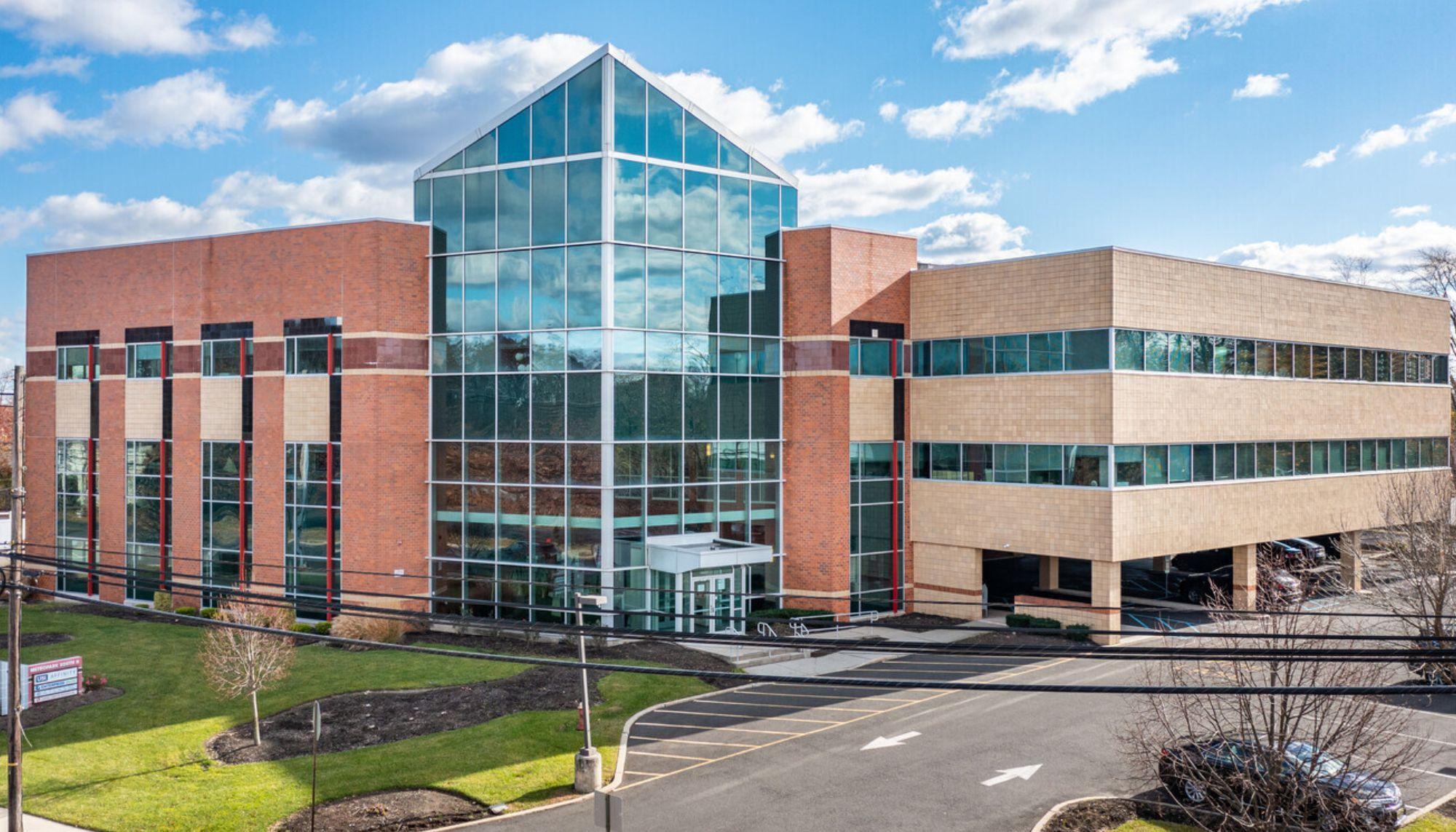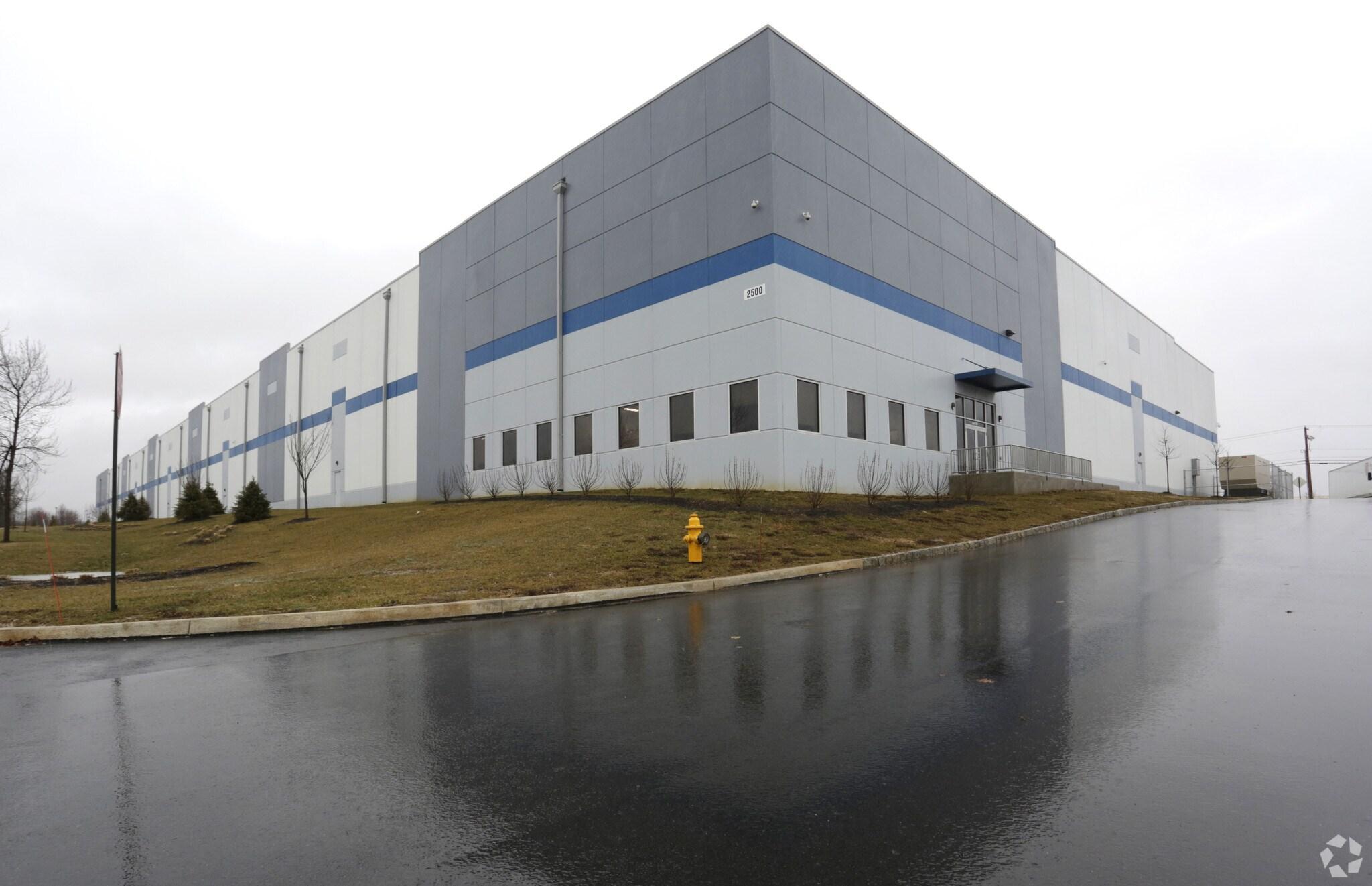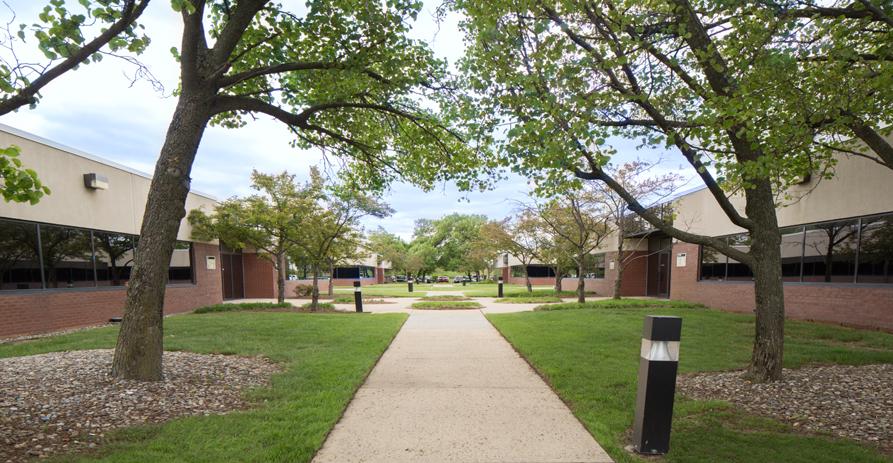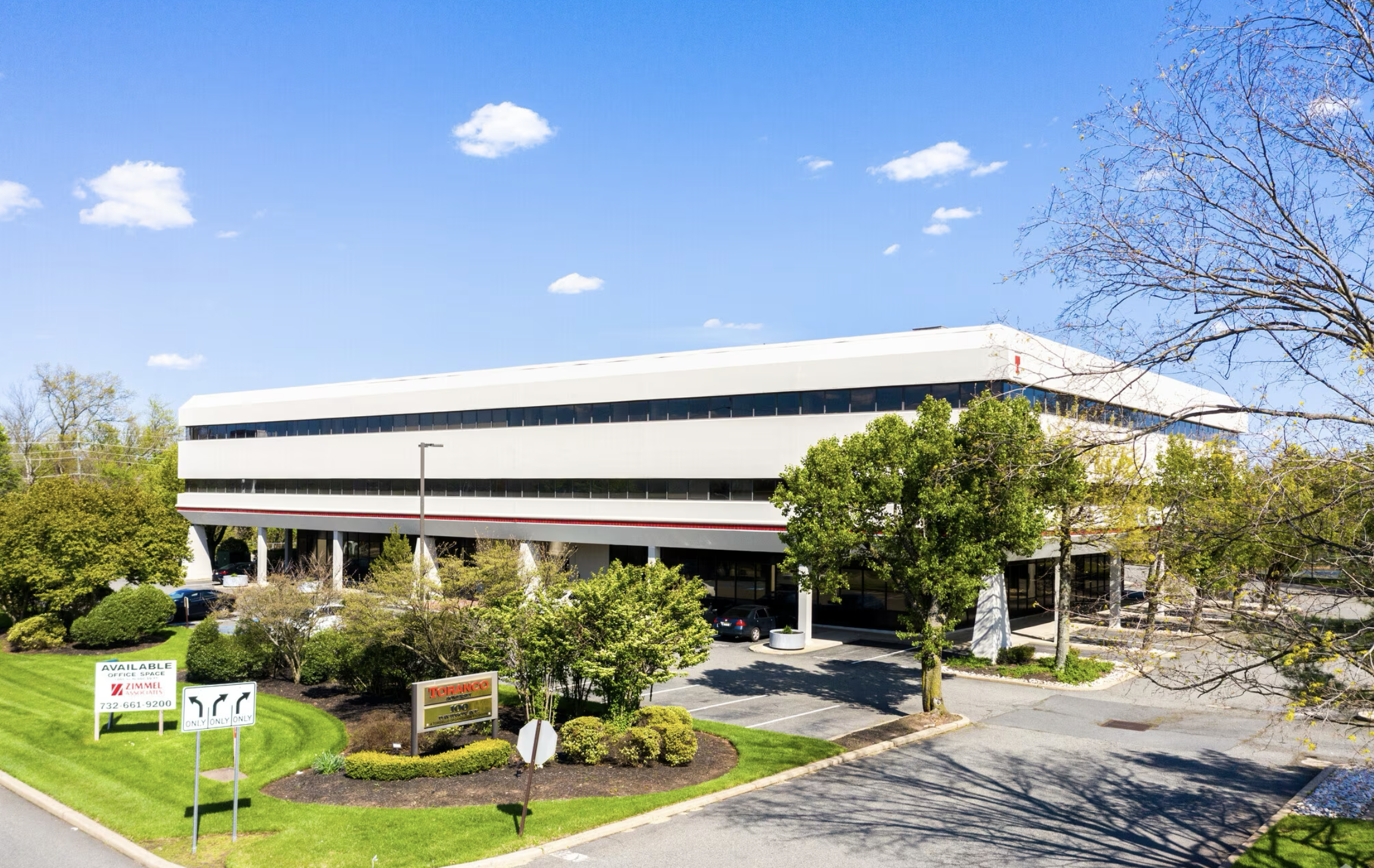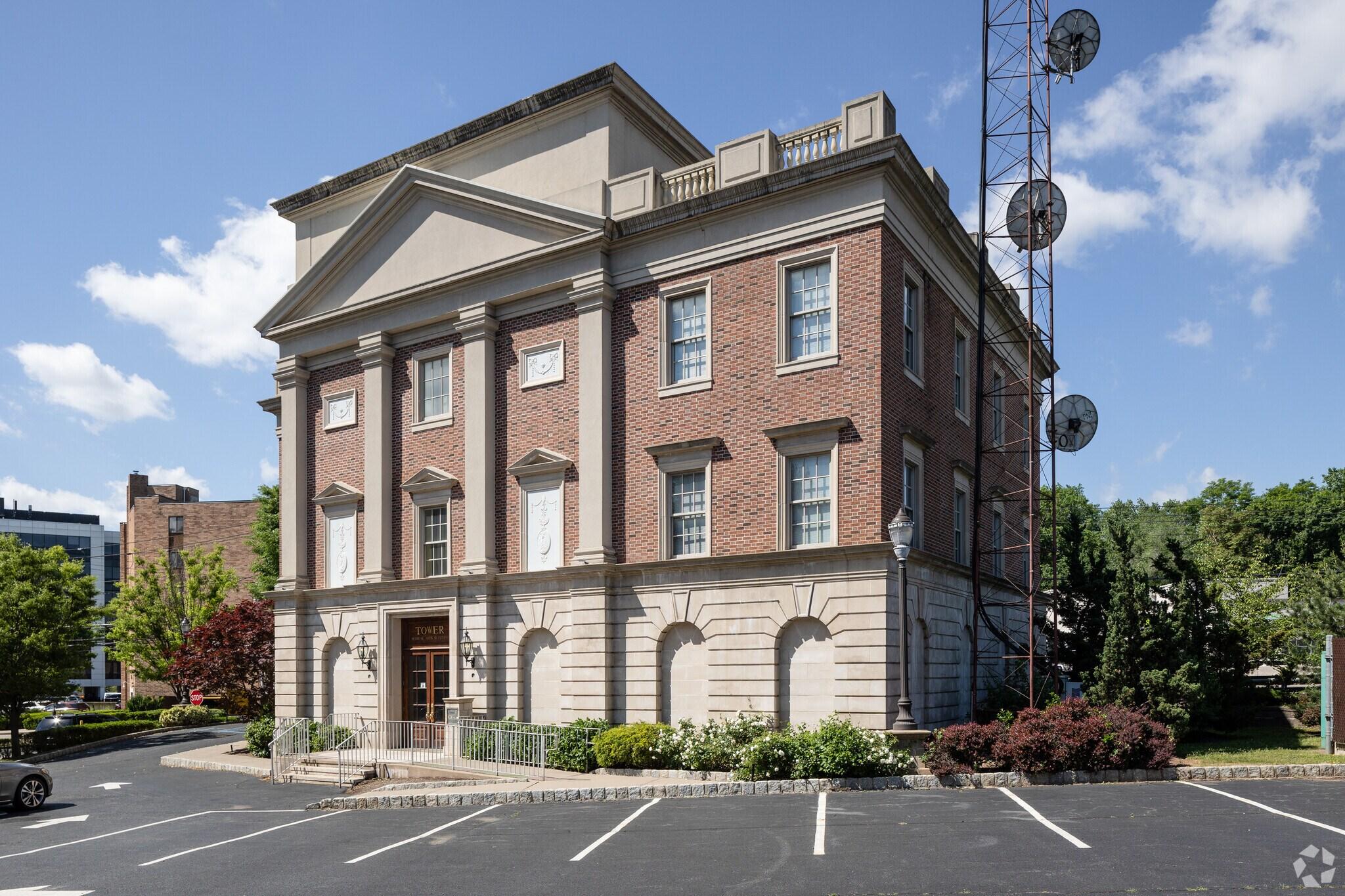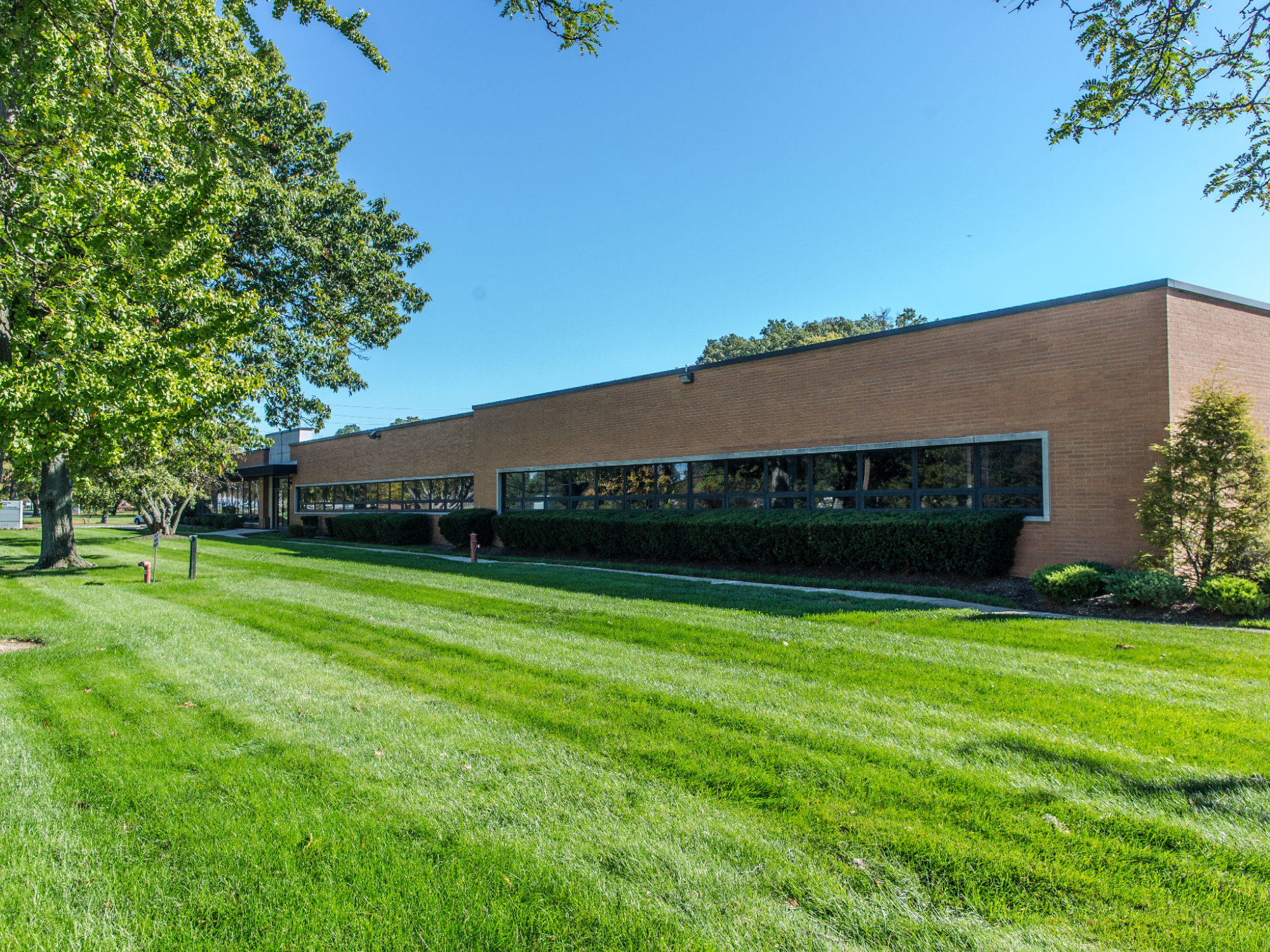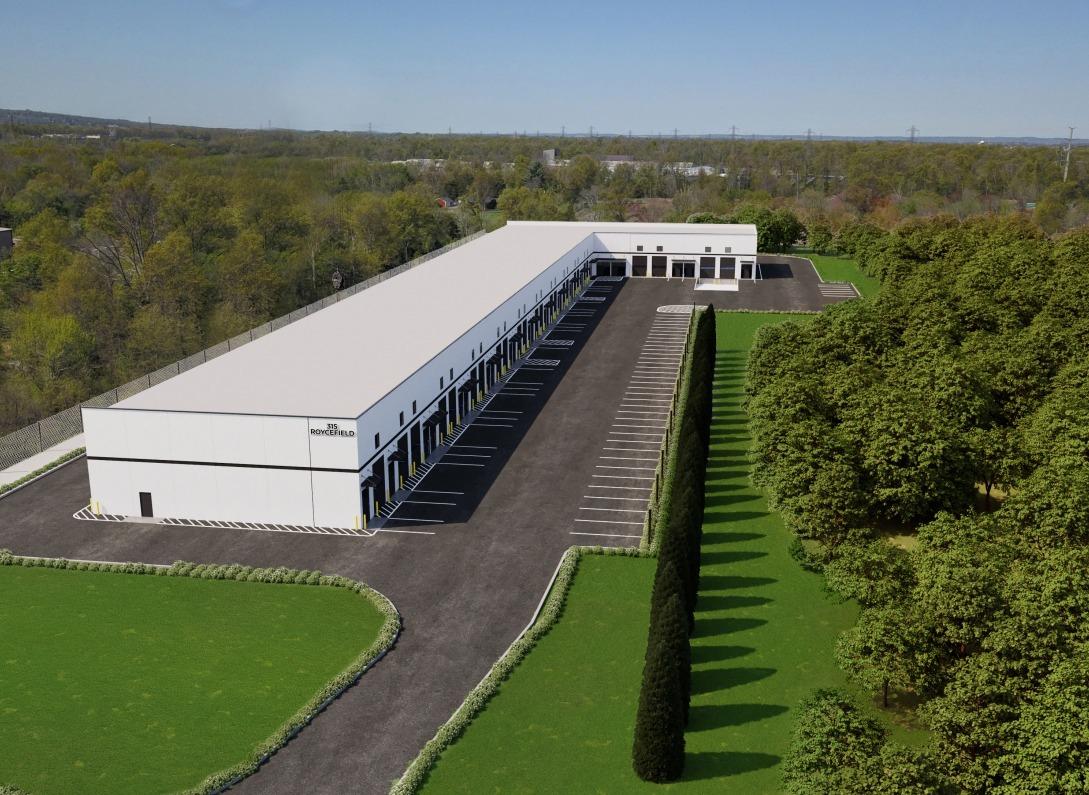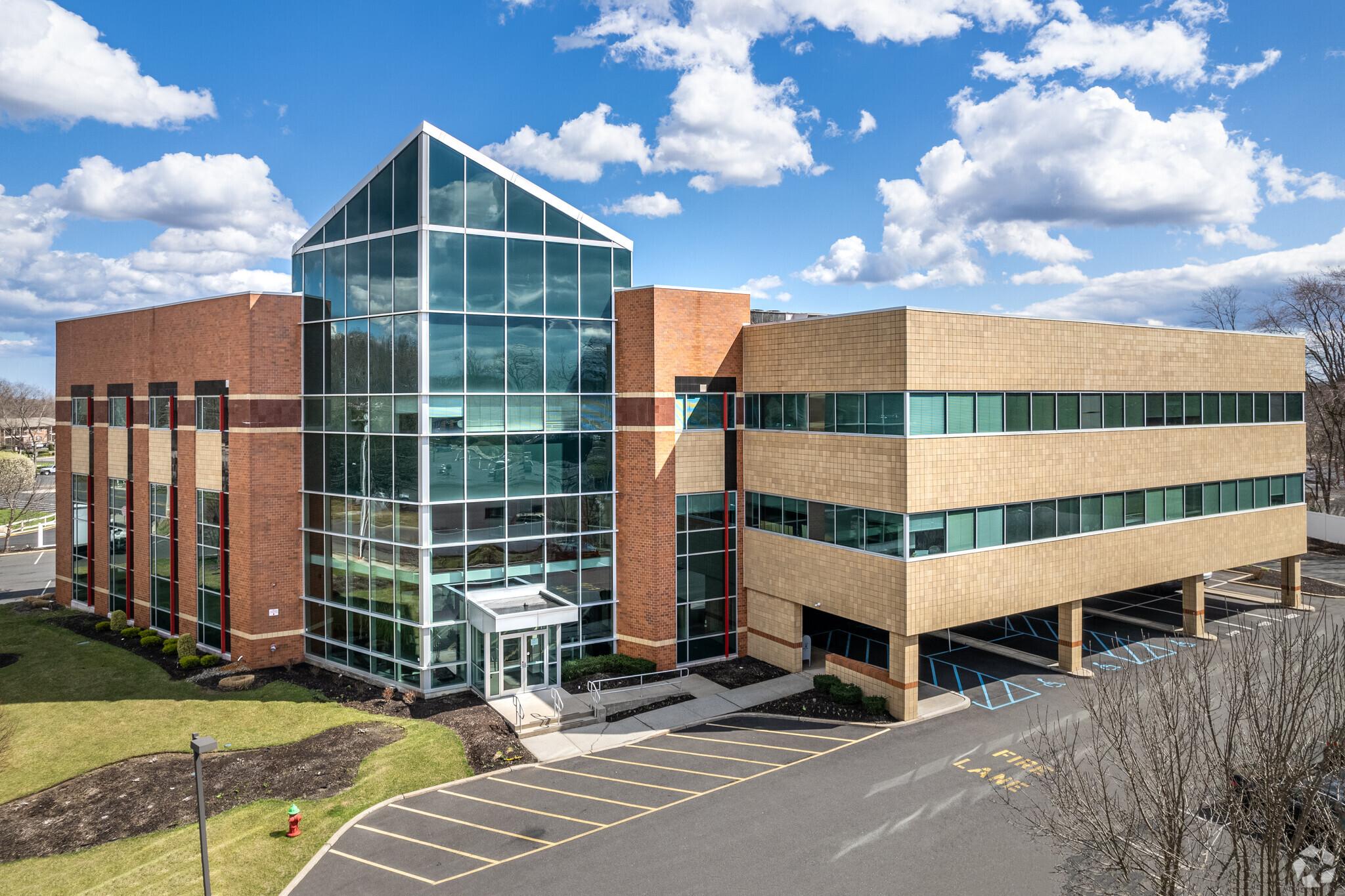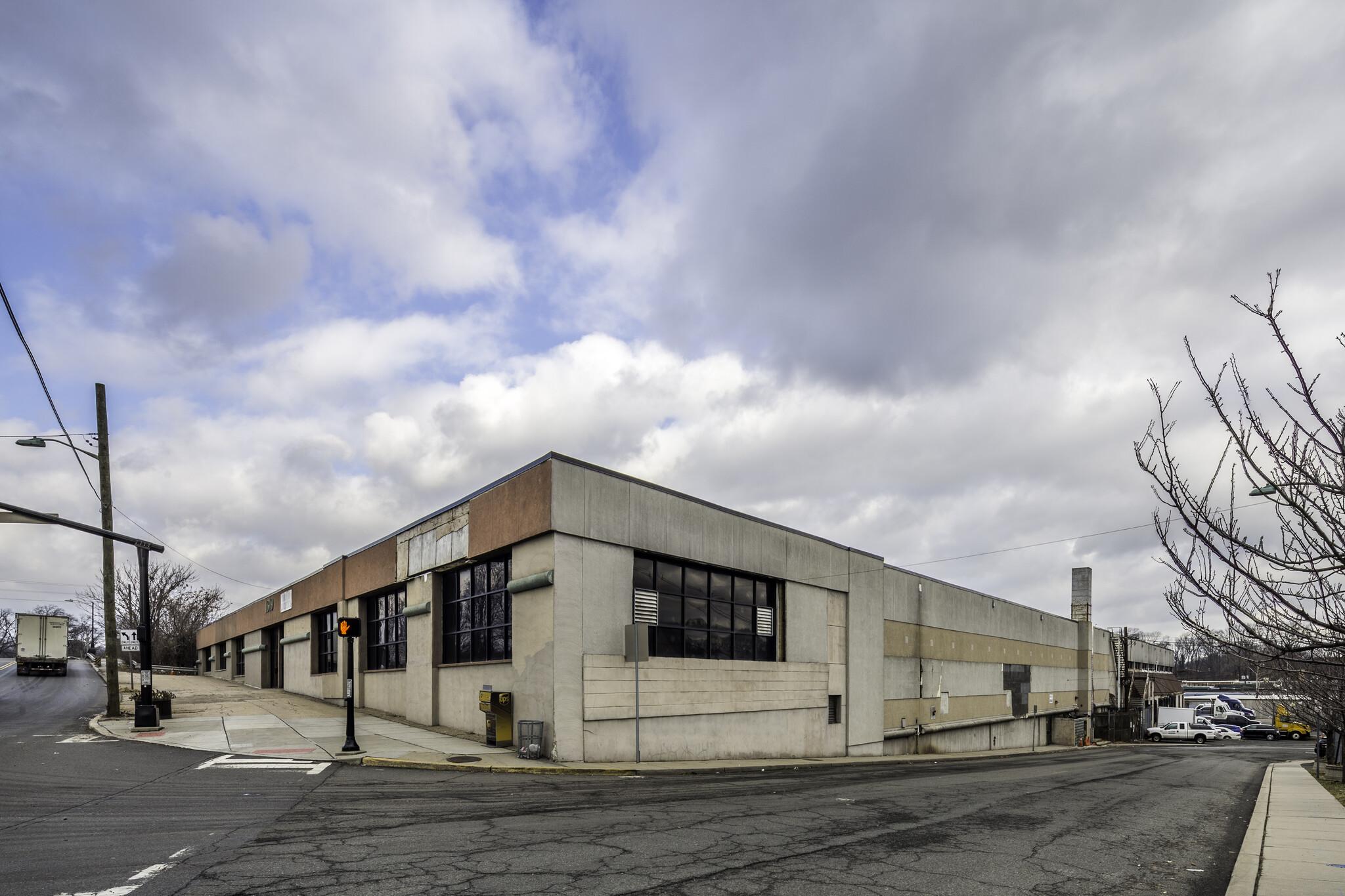At Zimmel Associates, we have the good fortune of being located just off of the New Jersey Turnpike , where Exits 7-16 are pathways to one of the nation’s most concentrated and successful markets for industrial properties. We celebrated our 30th year in business in 2016 and have a thorough knowledge of our marketplace, both office and industrial.
For our state’s industrial real estate market, I believe 2017 will be a continuation of the strength and low vacancy of 2016. However, there are changes on the horizon that will bring new opportunities to investors and sellers alike; and marketplace knowledge will be more critical than ever for tenants who want to make smart leasing decisions.
Rents will continue to rise over the next few years; demand for small to mid-sized units will outpace supply; there will be an increase in off-market sales and upgrading of older industrial buildings; big box and e-commerce demands will continue to lead speculative buildings and development of more midsize buildings will occur on the outskirts of existing hot markets.
Below market rents, a lack of buildable land, and prolonged approval processes for new buildings contributed to a shortage of mid-sized industrial buildings located within reasonable access to Exits 7 to 16 of the New Jersey Turnpike. The economy has improved and there is not enough inventory to keep pace with current demand. Rents Will Continue to Rise
Many of the in-place rents in today’s industrial market are still below market even though rents have gone up by 30 percent or so over the past four years. Rents will increase by at least three percent per year over the next three years or so, barring any unforeseen event with the economy.
In very general terms, the New Jersey industrial real estate brokerage market has three main categories:
1.) Flex space, which typically carries a heavier office space ratio than standard warehouse space. A typical flex lease may consist of 5,000 to 25,000 s/f, of which 20 to 50 percent could be office. Current flex space rents are in the $6 psf range for the warehouse space and $12 to $13 for the office space component. That takes you to $7 to $8.50 for your effective (combined) rent psf.
2.) Mid-range buildings, typically consisting of 20,000 to 70,000 s/f, with office components of 10 to 20 percent. Rents are roughly $6.50 psf.
3.) Big box, typically units of 100,000 s/f or higher, in buildings consisting of 200,000 to 600,000 s/f. Big box industrial, depending on location, can be as low as $5.75 psf or as high as $8 or $9 psf, especially for new buildings in Elizabeth or the Meadowlands.
To assess where we are today, let’s look back ten years. In 2006, when a tenant signed a lease for $5 a s/f for five years, they paid $5 a s/f for five years. Today, tenants pay the agreed upon starting rent in year one, and have two to three percent increases built into every year that follows in the lease.
If this formula of incremental increases continues, and I believe it will for the next few years, as it is now well established as a standard practice, we will see rents that further solidify investment in industrial space.
This trend of increased rents adds value to the potential sales price for industrial building being leased. We are just now getting to the point where industrial rents justify the sales price for industrial buildings that go up for sale.
Early Renewals Provide Security
Until just a few years ago, when a client’s industrial lease was coming up, they wanted to shop around, believing they would be able to find comparable space for less money. The market today is different.
We advise our flex and midsize building tenants to be aware of market conditions so they are prepared. We get on top of our clients’ industrial leases six to nine months in advance.
We let our tenants know they aren’t going to find equal or better space for same amount of rent and that the landlord will put their current space on the market unless they renew a few months in advance.
Industrial Investments
We will see more industrial buildings being put on the market for sale if interest rates continue to rise. Three to four rate hikes during the course of 2017 could mean a one point or a point and a quarter increase by year’s end.
When potential sellers see the bottom of the interest rate run, they will move forward. When a rental building’s sale price is based on a cap rate, the lower the interest rate, the higher the price the seller gets for their building. This supports more off-market deals. Brokers who are highly active have first-hand knowledge of potential buyers and sellers.
Many investors in New Jersey industrial real estate prefer to buy existing buildings rather than build from scratch because the approval process to buy land and build new can take 18 months to two years.
Lack of adequate parking and ample room for today’s larger trailer trucks to maneuver are issues for some older industrial buildings. An investor has to expertly uncover all expenditures they will have to put into an older building to meet the power, fire safety, environmental and other upgrade requirements necessary for renting it out.
It is certainly doable. Last year, we handled the sale of an older building to an experienced developer who completely overhauled the building. We were awarded an exclusive listing for it, experienced a high level of activity and secured a buyer within three weeks.
Big Money Wants to Invest in Industrial
There is a tremendous amount of money on the sidelines, meaning REITs, hedge funds, private investors and more are looking to invest in industrial real estate. It remains a highly popular investment with a very strong audience looking to invest. If you can buy today and finance for ten years and the rental covers your debt, investing looks attractive.
Big Box Leads Speculative Building
We do see more new construction and speculative building. It is primarily big box, 400,000 to 500,000 s/f and up; built for users that need 200,000 to 600,000 s/f. This is exciting and due in no small part to the expansion of e-commerce, but it does not address the lack of flex and mid-sized units required by smaller companies.
New big box spec buildings are built using Tilt- Up construction, a method in which concrete wall panels are cast and tilted into place. It is faster and less expensive to use than brick. These new buildings are built with required ESFR highdensity sprinkler systems and high density amplified lighting.
Most big box buildings feature 38ft. ceilings, as compared to 24ft. in older buildings. This allows the tenant to better utilize the space and stack product high, which in turn allows them to use less square footage. Other differences include bigger loading doors, levelators, which bridge the space between and loading dock; and truck and larger areas for trucks to maneuver. Years ago, tenants needed 100 ft. for a truck. Today, you need 130 to 140ft. for trucks. These buildings are also developed with extra property to store trailer trucks on site.
In 2017 we can expect to see another strong year for industrial real estate. I believe it will be an exciting one too.

